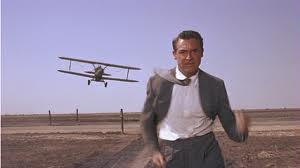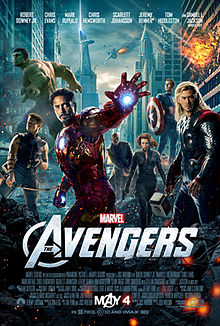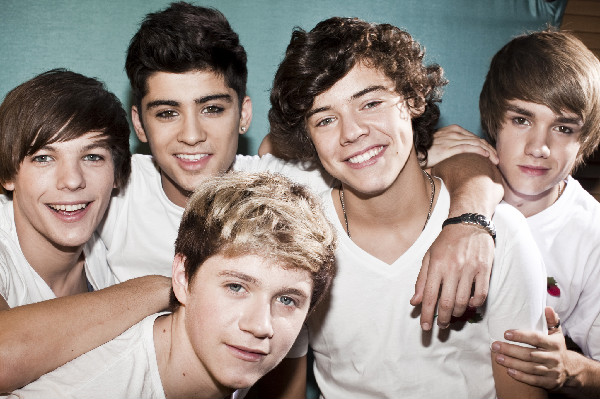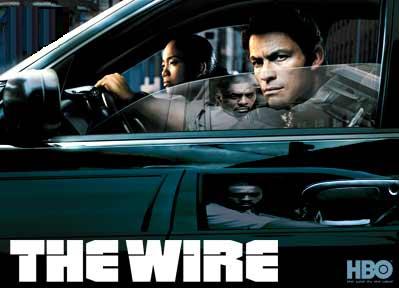If ever there were to be a radio programme called Desert Island DVDs and (unlikely I know but) in the event that I were to find myself one of the show’s castaways, invited on to divulge eight film titles I would want with me on that small sandy speck amidst a turquoise sea, North By Northwest would most definitely be one of those eight. These two hours and sixteen minutes of pure Tinseltown magic have enthralled me many times over the years and I hold an unwavering certainty that they will do so each and every time I decide to view them in the future.
This most spectacular of all Hitchcock’s thrillers can surely lay claim to be a Blockbuster movie years before the term was widely bandied about by the Hollywood marketing machine. It has everything that a rip-roaring edge-your-seat adventure flick should. Even before the MGM lion (uniquely seen here against a green background) has cleared its throat, Bernard Herrmann’s stunning soundtrack sets the mood with its menacing intro of timpani and double bass. It builds quickly into a full-on orchestral frenzy, an unmistakable musical interpretation of a chase which, after all, is the theme at the very heart of the movie.
The opening title sequence designed by Saul Bass is a thing of beauty too and is supposedly the first feature film to use kinetic typography in its title. This is an animation technique that uses moving text to evoke an emotion or idea, in this case, the moving titles against a backdrop of an office building give the impression of a lift (or in U.S. parlance, elevator) going up and down. Watch it, it’s terrific. It’s artful.
The film stars arguably that most debonair of all leading men ever to have graced the silver screen, Cary Grant. Grant plays Roger Thornhill, a New York advertising executive who happens to be in the wrong place at the wrong time and gets mistaken for a government spy and shortly after, a murderer to boot and from then on, he’s a fugitive after the truth to prove his innocence while trying to evade the good guys as well as the bad. I shall refrain from divulging any more detail of the plot and instead encourage anyone who hasn’t seen it to do so very soon because it really is about as fine a mystery/thriller as you are ever likely to see.
The original screenplay was penned by Ernest Lehman who stated that he wanted to write “the Hitchcock picture to end all Hitchcock pictures” and he was nominated for an Academy Award for his efforts. It’s an absolute cracker of a script, full of intrigue and sophisticated dialogue, wit and wonderful locations plus it includes two of cinemas most iconic sequences, one involving a crop-duster plane and the other a climb over the heads of spectacular Mount Rushmore. Once seen, never forgotten.
Hitchcock’s masterpiece it may not be, scholars and critics tend to reserve that particular appellation for Vertigo or Psycho but North By Northwest is not without its share of praise. The American Film Institute rank it highly in many of their 100 Years of… categories and seventh in their 10 Top 10 Mystery films. The film’s name has influenced a music festival in Texas “South By Southwest” and numerous scenes from it have been parodied on TV shows such as Family Guy. The grey suit worn by Cary Grant throughout most of the movie even has its own accolade. In 2006, a panel of fashion experts brought together by GQ magazine named it the best suit in film history as well as the most influential on men’s style. Apparently, it has since been copied for Tom Cruise in Collateral and Ben Affleck in Paycheck.
But perhaps this is delving a little too deep and some of you might say, “Oh come on, it’s only a film, after all.” Nevertheless, only a film it may be, but when a collection of highly talented individuals come together and work as a team they can sometimes produce something extremely worthwhile and having already recommended this film for viewing several paragraphs ago, I will end with the admission that that is how I regard the two hours and sixteen minutes of this movie – extremely worthwhile!




